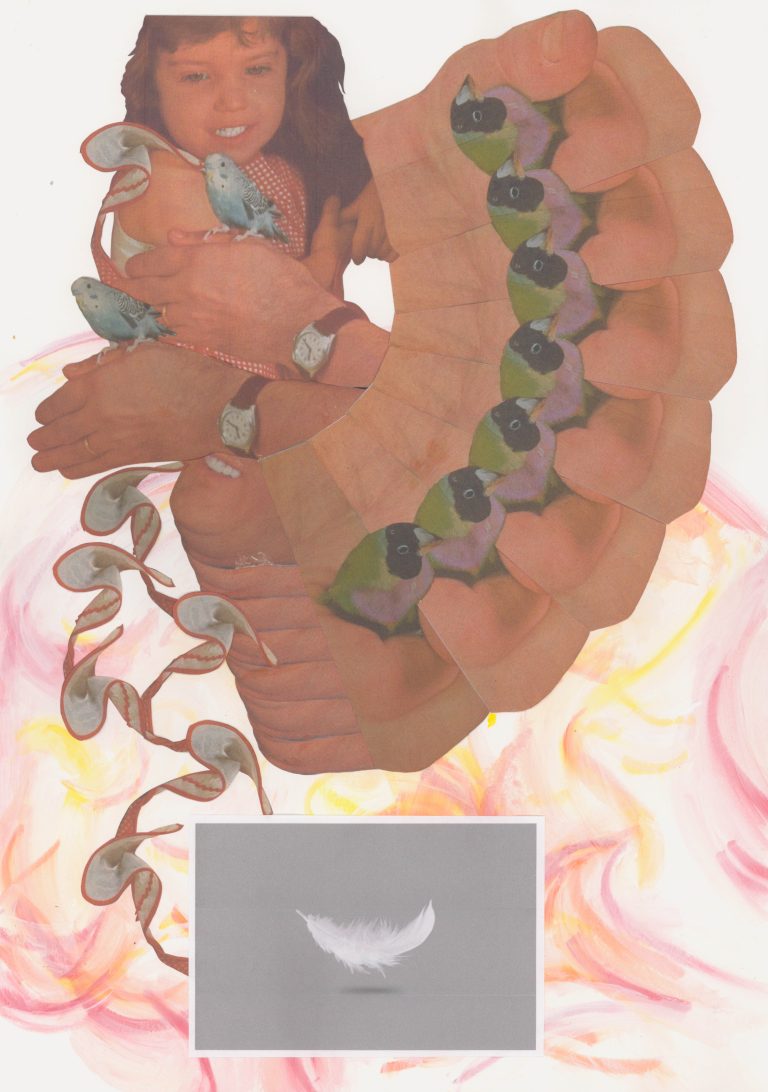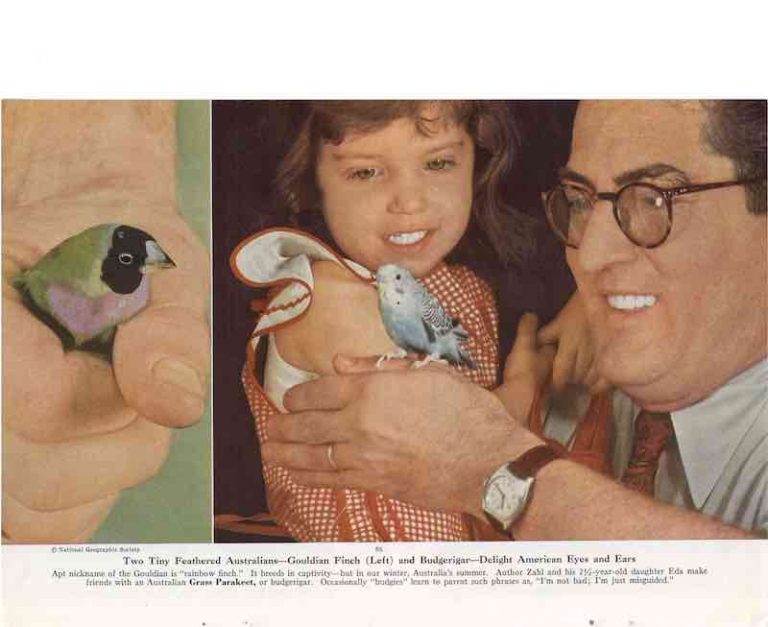Phil Scott-


Title : Peace, Victory, Valor. Tomb of the Unknown Soldier at Arlington National Cemetery.
Medium: Charcoal and pastel on gessoed paper
Price : AUD 495
National Graphic
1953
Volume CIII
Number One
About the artwork:
We all had our wings cut during the pandemic and we were prevented the opportunity to travel. Scott uses these two contrasting photographs as the springboard for the work A Bird in the hand…(2021).
Almost exclusively using the images in the work Scott uses an uncommon method of multiples in the work. We can see from other works the artist has done using National Geographic, he prefers to work with authentically sourced material. Usually we find his work to exclusively use materials but in this case the digital scan of page 86 (January 1953) has been reproduced multiple times to grotesque effect. The repetition of the hand holding the Finch becomes an unrecognisable form, emphasising the paralysis of the bird in the hand.
As with a lot of Scott’s work, he references art historical contexts, in this case Holman Hunt’s The Awakening Conscious (1853). The plucking of wings subconsciously tightly binds the subjects in the claustrophobic composition. The freedom and expression made through the mark making and the solitary feather open up the potential of the space, whilst also showing an isolation and weakness of the solitary photograph of the feather. Scott was also inspired by the American artist Marnie Weber’s collage from the Sonic Youth album artwork A Thousand Leaves (1998). A Bird in the hand… although not as obvious a reference to the uncomfortable nature of these two artworks once again demonstrates the ability of collage to subtly subvert the meaning of an image and its context.
About Phil:
Phil Scott’s work re-examines our relationship with two-dimensional imagery. Often using photographic imagery his work carefully removes the context and through sophisticated juxtaposition he conveys a new meaning within the final work(s).
In his work we often see concepts and relationships develop as the work has been created, making organic and forced relationships with the world we inhabit. The image has become prevalent, and the reading of imagery is a primary tool in our understanding of the contemporary world and how we arrived at our destination. Scott’s intervention in the concept of the image creates a resonance that re-submits parts of the image in a poignant translation of the society we currently inhabit.
The motto of “Find, Cut & Paste” has become a primitive motto of the processes Scott follows. By placing an emphasis on the “find” or sourcing of the images he transforms the unique artefacts he discovers into contemporary works by simply combining them with other such imagery. The work is largely inspired by later Dada works, evoking similarities with the role of power and hidden propaganda in the original source materials. The works frequently challenge and find a place within the context of art and art history allowing the audience to attach their own meanings and narrative from the clever combination of found image.